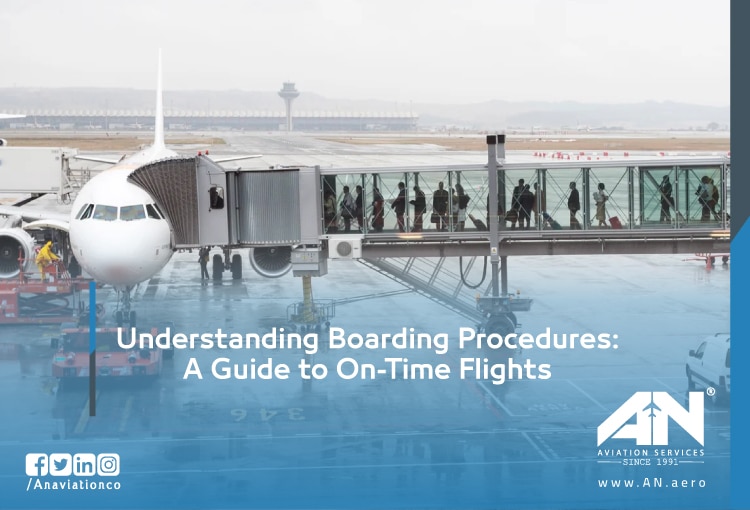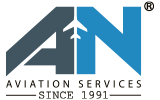
Getting on a plane should be quick and hassle-free, right? Well, that’s where boarding procedures come in! Every airline follows a detailed process to make sure passengers get to their seats smoothly, flights leave on time, and everyone has a good experience.
Let’s break it down and see how everything from check-in to takeoff works like clockwork.
The Importance of Good Boarding Procedures
Ever been on a flight that left late because boarding took forever? Slow or unorganized boarding can cause delays, stress passengers out, and create chaos at the gate.
On the flip side, efficient boarding Procedures keep flights on schedule, help passengers feel more relaxed, and give flight crews enough time to do their jobs. A well-planned process ensures no one gets left behind and that every seat is filled properly.
The Ground Crew: The Backbone of Boarding:
Before anyone steps on the plane, ground handling teams are working behind the scenes. They check tickets, verify documents, help special passengers, and prepare the aircraft. Without them, boarding would be a mess!
The Boarding Process: Step by Step
Once the plane is good to go, it’s time for passengers to get on board. But there’s a right way to do it to avoid long lines and delays.
Priority Boarding: First in Line:
Some passengers get to board first:
- VIPs and Business-Class Travelers: They pay extra for comfort and convenience.
- Elderly Passengers and Those with Disabilities: Extra time and assistance are provided.
- Families with Young Kids: Parents need a little more time to settle in with strollers and baby bags.
General Boarding: Finding Your Seat:
After priority passengers are on, it’s time for the rest of the passengers. Airlines use different methods to keep things moving:
- Group Boarding: Passengers board in sections based on seat location. This keeps people from crowding the aisles.
- Open Boarding: First come, first served! Some airlines (like budget carriers) let passengers pick any available seat.
Keeping the lines short and the process clear helps avoid confusion and frustration.
After Boarding: The Final Steps
Once everyone is in their seats, the crew double-checks everything before takeoff:
- Final Headcount: The crew confirms the passenger list matches who’s actually on board.
- Last-Minute Announcements: Flight attendants share safety instructions and update passengers on the flight schedule.
- Closing the Doors: Once the ground staff gives the all-clear, the doors close, and the plane gets ready to push back from the gate.
Types of Boarding Procedures Methods
Airlines don’t just let people rush onto the plane in any order unless it’s a budget airline. They follow structured boarding methods to keep things organized. Each method has its ups and downs.
Front-to-Back Boarding:
This is the most traditional method. Passengers sitting in the front rows board first, and those in the back rows board last.
Pros:
- First-class and business passengers get on first, making premium seats more appealing.
- Keeps the front section less crowded early on.
Cons:
- Causes major aisle blockages, passengers put bags away while others wait behind them.
- Slows down the whole process.
When It Works Best:
- For small aircraft where aisle congestion isn’t a big issue.
- On short-haul flights where quick boarding isn’t as critical.
Back-to-Front Boarding:
This method flips things around, passengers in the back rows board first, working forward to the front.
Pros:
- Reduces aisle congestion since passengers move straight to their seats.
- Speeds up the process by allowing multiple passengers to store luggage at once.
Cons:
- Passengers traveling together but seated apart might not board at the same time.
- First-class passengers board last, which some may not like.
When It Works Best:
- For larger aircraft with multiple boarding bridges.
- When boarding speed is a top priority.
Zone Boarding:
Airlines divide passengers into groups or zones, typically based on seat location or ticket type.
How It Works:
- First-class and priority passengers go first.
- Economy class is split into groups, such as window seats before aisle seats.
- Each group is called one at a time to avoid congestion.
Pros:
- Reduces crowding at the gate.
- Keeps boarding organized and efficient.
Cons:
- Passengers don’t always listen and may board before their zone is called.
- Can still cause bottlenecks if groups are too big.
When It Works Best:
- For large aircraft with multiple boarding lanes.
- When airlines want structured but flexible boarding.
Random Boarding:
Some budget airlines use a first-come, first-served approach, passengers board in a random order and pick any available seat.
Pros:
- Super fast, no need for assigned seating.
- Encourages passengers to arrive early to get better seats.
Cons:
- Can cause stress and confusion, especially for families.
- Slower passengers may struggle to find seats together.
When It Works Best:
- For budget airlines trying to minimize turnaround times.
- On short-haul flights where seat selection isn’t a big deal.
Challenges in Boarding Procedures
Even with the best plans, boarding doesn’t always go smoothly. Here are some common challenges and how airlines tackle them.
Delays and Disruptions:
Flights can’t take off on time if boarding is slow. Some major causes include:
- Late passengers showing up last minute can delay takeoff.
- Documentation issues, such as incorrect or missing documents, hold up the line.
- Overhead bin chaos caused by too much carry-on luggage slows things down.
How Airlines Fix It:
- Enforce stricter boarding deadlines.
- Offer early boarding for passengers with extra luggage.
- Improve pre-flight announcements and reminders.
Passenger Management:
Some passengers don’t follow the rules or need extra help.
Handling Difficult Passengers:
- Flight crews are trained to calm tense situations and keep things moving.
- Clear communication at the gate helps avoid confusion.
Helping Passengers Who Need Extra Assistance:
- Elderly passengers and families with kids get priority boarding.
- Staff assist with wheelchairs, strollers, and medical needs.
Best Practices for Faster Boarding
Airlines keep improving the boarding process with technology, better planning, and smart strategies.
Digital Check-Ins and Mobile Boarding Passes:
- Online check-in reduces long lines at the gate.
- Mobile boarding passes cut down on paper waste and scanning time.
Self-Boarding Gates:
- Some airports use automated boarding gates just scan your ticket and go.
- Cuts down on manual checks and speeds up the process.
Real-Time Passenger Updates:
- Flight apps keep passengers informed about boarding times and gate changes.
- Digital signs and announcements help reduce confusion.
Well-Trained Ground Staff:
- Quick and accurate document verification keeps things moving.
- Staff direct passengers efficiently to avoid bottlenecks.
A well-organized boarding process isn’t just about getting passengers on the plane, it keeps flights on schedule, reduces stress, and creates a better experience for everyone. Whether it’s priority boarding, zone boarding, or digital check-ins, airlines are always looking for ways to make the process faster and more efficient.
At AN Aviation, we understand how important smooth boarding is for airlines and passengers alike. From ground handling services to flight support, we help ensure that every flight gets off the ground without unnecessary delays. If you’re looking for expert aviation solutions, AN Aviation is ready to assist.
Want to learn more about how we can help streamline your operations? Reach out to us today. Safe travels!

